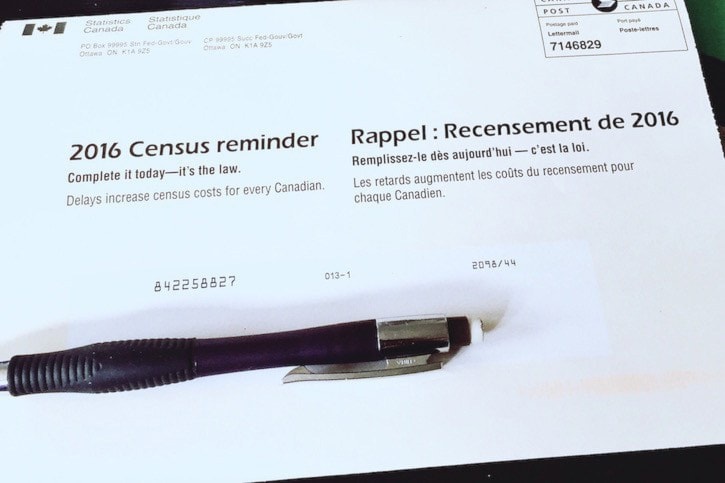New census data shows the population of Sooke outpaced national and provincial growth rates over the last five years.
Statistics Canada released the first batch of numbers from the 2016 census on Wednesday and Sooke’s population has grown by 13.7 per cent to 13,001 people since the last census in 2011.
The area’s growth rate was above the national growth rate of 5.0 per cent, while the population of British Columbia increased by 5.6 per cent.
The census indicated Sooke ranked No. 2 in growth among Island municipalities. Langford was No. 1, with growth of 20.9 per cent.
The growth pattern in Sooke and the West Shore communities is a surprise to few.
“There was a sense we were going to see growth,” said Sooke Mayor Maja Tait, adding that in the last year there have been records set in building permits, developments and home sales.
“We knew there was going to be higher numbers than the norm.”
Sooke School District was above the curve in forecasting growth as the district is one of the fastest growing in the province along with Surrey and Abbotsford.
Over the last two years, the school district built new high schools in Langford and Colwood and drawings are on the board for new elementary schools in Langford and Sooke, with plans for replacing Saseenos, Sooke and John Muir elementary schools.
Both Tait and Sooke Board of Education chair Bob Phillips said the census is a good tool for planning and to see the direction a community is going. “Better data is so important to any good social policy,” Phillips said.
But while growth is good, there becomes a question on what is sustainable.
With growth there’s demand for community resources such as the volunteer fire department, policing and the taxpayers’ ability to pay, Tait said.
It’s why the official community plan is so important, she added. Council is working on updating the plan and the mayor hopes to have it complete by year’s end.
“Before the census came out this week, we had to make a lot of guesses about growth and how much growth we could expect, especially when dealing with the OCP. Now, we have some of those numbers to work with.”
The census is a harbinger of the future.
With the Sooke population now over 13,000, there’s a good chance the district will top 15,000 in the next census five years from now, making it a city – and adding more costs to the bottom line.
For example with city status, Sooke will be responsible for 90 per cent of its policing costs.
The district is already working to ease that expense by setting up a police reserve fund that will cover off some of those costs, but other areas need work, Tait said, such as the need for better health-care facilities, transportation links and specialized services.
“We need to plan now for four or five years out because we don’t want to hit everybody with a huge tax increase,” Tait said.
The national census is conducted every five years. The information published last week is the first of several releases of data to come from Statistics Canada over the next year that will eventually paint a detailed picture of the country, right down to the local level – including age breakdowns of the population, family makeup, languages spoken, immigration and ethnic origin, the level of education attained and income earned.
